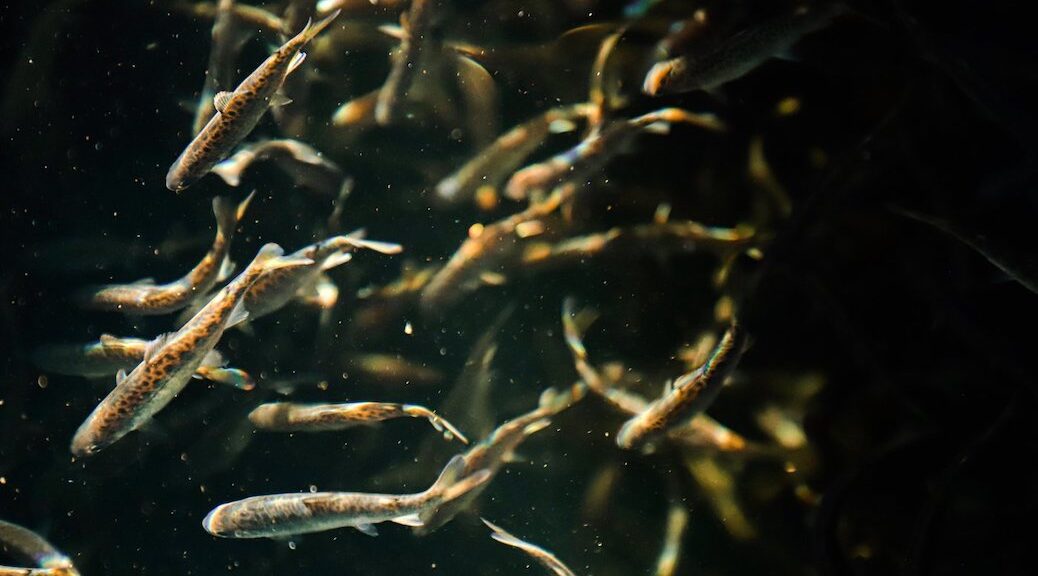
Unlike most local histories, which often celebrate the accomplishments of prominent settlers, Canadian census records give us a quick peek into communities as a whole.
The 1911 census is especially interesting for Cortes Island because, for the first time, all of the island’s 135 ‘settler’ entries are grouped together. Similarly, there is a segment for the 60 Klahoose First Nation residents in Squirrel Cove. There was also a second First Nation with a reserve on Cortes, but any relevant Tla’amin entries appear to be included with those from their main village to the south in what is now qathet Regional District.
Continue reading June 6-8, 1911: A point in time look at Cortes Island








